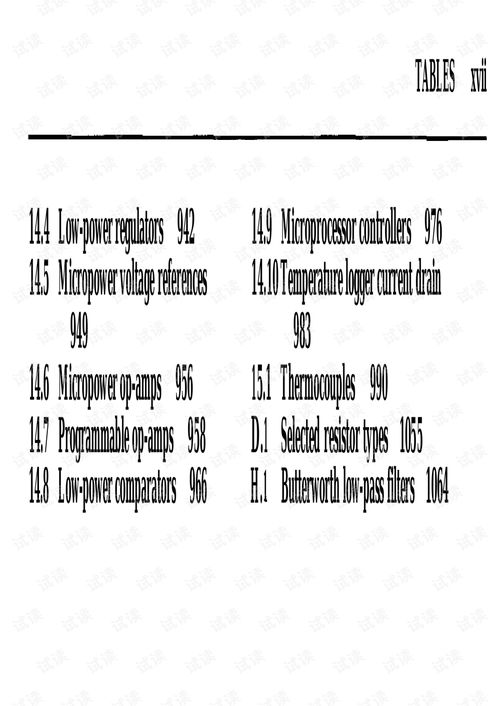In the world of angling, mastering the art of fishing for floating baits can be a game-changer. Whether you're targeting surface-feeding fish or looking to add a unique element to your fishing repertoire, understanding how to effectively work with floating baits can significantly enhance your chances of success. Here's a comprehensive guide to the techniques and tips that will help you become a pro at fishing for floating baits.
Understanding Floating Baits
Before diving into the techniques, it's essential to understand what constitutes a floating bait. Floating baits are those that remain on the surface of the water, often used to attract fish that feed on or near the surface. Common examples include floating lures, poppers, and surface flies. These baits are typically designed with buoyant materials and can be manipulated to create various presentations that mimic natural prey.
Choosing the Right Equipment
The first step in mastering the art of fishing for floating baits is to choose the right equipment. Here's what you'll need:
Rod and Reel: A lightweight, fast-action rod with a sensitive tip is ideal for detecting subtle strikes. A spinning reel with a good line capacity and a smooth drag system is essential for handling the lighter line and lighter tackle often used with floating baits.
Line: Use a monofilament line with a high visibility color to spot strikes. A line with a low stretch is preferable as it provides more sensitivity and allows for better control of the bait.
Hooks: Small to medium-sized hooks that match the size of your bait are best. The lighter the hook, the more natural your bait will appear.
Bait: Choose baits that are appropriate for the species you're targeting. For example, a small popper is perfect for bass, while a surface fly might be better for trout.
Techniques for Casting and Lifting
Once you have the right equipment, it's time to learn the techniques for casting and lifting your floating bait:
Casting: When casting a floating bait, the goal is to keep the bait on the surface. Practice a gentle, overhand cast to avoid sending the bait into the water. Use a slow, controlled retrieve to maintain surface contact.
Lifting: To lift the bait from the water, use a gentle upward twitch of the rod tip. This motion should be subtle and mimic the action of a struggling prey item. The key is to be patient and allow the bait to float naturally before lifting it again.
Working the Bait
The way you work your floating bait can make all the difference in attracting fish. Here are some effective techniques:
Wobbling: Move the bait in a side-to-side motion to mimic the swimming action of a fish. This can be done by twitching the rod tip or by using a retrieve that causes the bait to move in a wavy pattern.
Popping: Use a popper to create a popping noise on the surface. The pop is followed by a pause, which can trigger strikes from fish that are attracted to the noise and movement.
Trailing: Allow the bait to trail behind you as you retrieve. This can be particularly effective for fish that are following the bait but not quite ready to strike.

Dead Sticking: Sometimes, the most effective technique is to simply let the bait sit motionless on the surface. This can trigger strikes from fish that are waiting for a meal to come to them.
Reading the Water and Fish Behavior
Understanding the behavior of the fish you're targeting and the conditions of the water you're fishing in is crucial. Here are some tips:
Observe the Surface: Look for signs of fish activity on the surface, such as splashes or disturbances. These can indicate the presence of fish that are feeding near the surface.
Adjust Your Technique: If you're not getting bites, try changing your technique. Experiment with different retrieves, speeds, and even different baits to see what works best.
Weather Conditions: Pay attention to weather conditions. On windy days, fish may be more active on the surface, while on calm days, they might be deeper.
Water Temperature: Fish behavior can be heavily influenced by water temperature. On cooler days, fish may be more likely to feed on the surface, while on warmer days, they might move deeper.
Conclusion
Fishing for floating baits is an art that requires patience, practice, and a deep understanding of the water and the fish you're targeting. By mastering the techniques outlined in this guide, you'll be well on your way to becoming a proficient angler who can consistently catch fish on the surface. Remember, the key is to be subtle, patient, and responsive to the cues of the water and the fish. Happy fishing!












